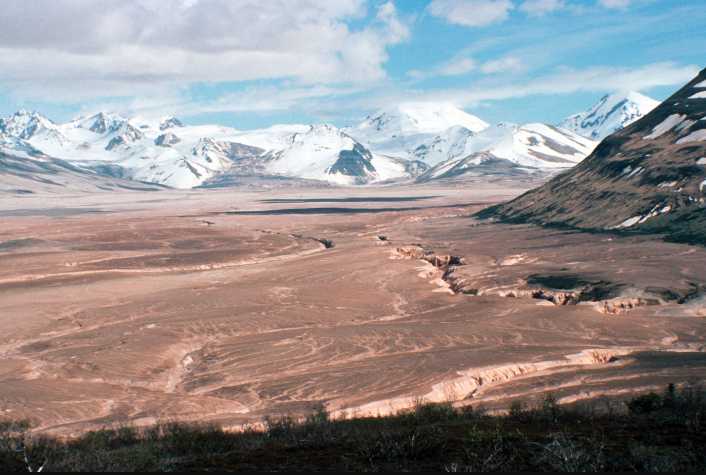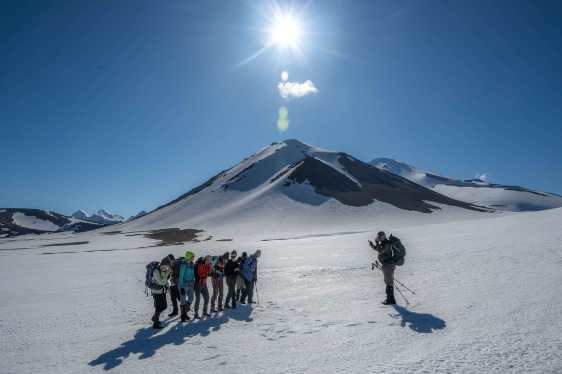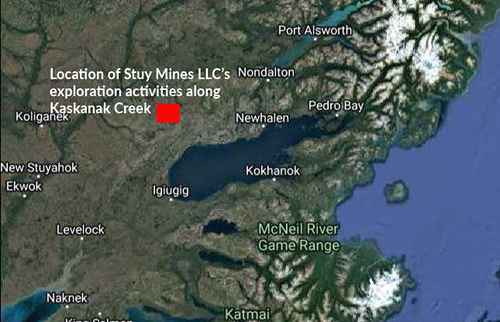Photo: The Diamond NN Cannery in Bristol Bay. Image-National Park Service
Historians, curators, artists and film producers will be in the Bristol Bay watershed community of South Naknek, Alaska, in late July working on projects highlighting the history of the 129-year-old NN Cannery, including a film and Mug Up exhibition at the Alaska State Museum.
The film will highlight the story of South Naknek resident workers who were caretakers of the cannery.
“These workers were descendants of Katmai, who migrated downriver and established South Naknek after the Novarupta volcano destroyed Savonoski village and created the Valley of 10,000 Smokes in 1912,” said project director Kathrine Ringsmuth.
The settlement at New Savonoski was brief, however, as the Spanish flu pandemic and red salmon crash of 1919 drove Native residents to seek work at the NN Cannery.
Native people became integral contributors to and caretakers of the cannery operation. Historically, they supplied salmon to the cannery, constituted the spring/fall crew that readied and winterized the operation, and served as winter watchmen who protected the collective structures and stored boats throughout the offseason.
“We are thrilled to have the opportunity to interview people with a deep knowledge of Bristol Bay, South Naknek and the NN Cannery,” Ringsmuth said. “The film will share the local perspective of a global industry and fill a big gap in the historic record.”
The NN Cannery History Project is a grassroots public history endeavor that aims to share often forgotten stories of multitudes of people who canned salmon in Alaska and created an ethnically diverse, economically vital cannery culture. It is a group collaboration to preserve, collect and share stories of the diverse, unsung cannery workers whose activities are embedded in the industrial landscape within the South Naknek cannery. Support for the film project comes from a generous grant from the Alaska Humanities Forum.
[content id=”79272″]
In association with the NN Cannery history project, the team plans a photo exhibition, curated by Tim Troll, director of the Bristol Bay Heritage Land Trust, to commemorate the 100-year anniversary of the Spanish influenza epidemic in Bristol Bay. The exhibit is a remembrance of those who died in the epidemic, those who responded, and the children who survived. Support for that exhibit comes from a grant from the National Endowment for the Humanities and the Bristol Bay Heritage Land Trust.
Project leaders also commissioned Aleut carver Andrew Abyo, who was raised in Bristol Bay, to build a scale model of the NN Cannery, including 51 historical buildings, to serve as the centerpiece of the Mug Up exhibition.
More information about the history project is online at https://www.facebook.com/NNCannery/ or NNCanneryProject.com
More information about the Bristol Bay Land Trust and its mission to preserve and protect salmon and wildlife habitat of the greater Bristol Bay can be found at http://www.bristolbaylandtrust.org/misson/
Fishermen’s News Online grants permission to the Alaska Native News to post selected articles. Read More at: Fishermen’s News Online.








